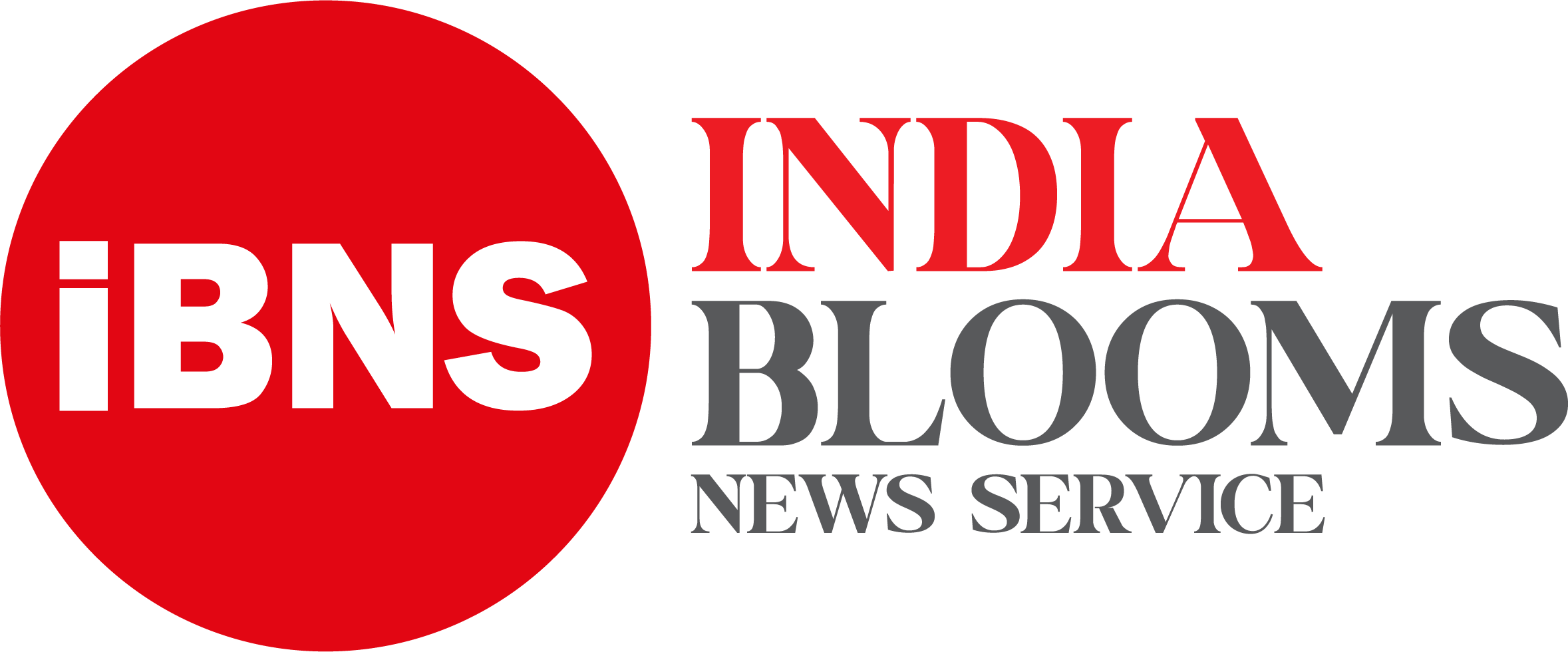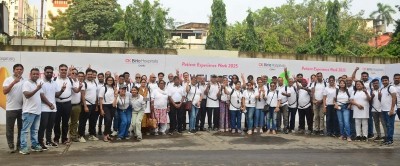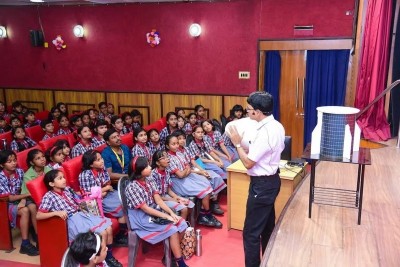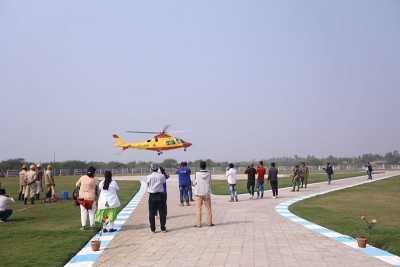
NASA to announce science, technology missions for first flight of Space Launch System
The event, which is at 11 a.m. EST (10 a.m. CST) Tuesday, Feb. 2, from NASA’s Marshall Space Flight Center in Huntsville, Alabama, will announce the CubeSats that will fly as secondary payloads and deploy to conduct science and technology demonstrations in deep space, read the NASA website.
The primary goal of the first integrated launch of NASA’s SLS and Orion spacecraft is to demonstrate the agency’s new capability to launch future crewed, deep space missions, which include missions to an asteroid and Mars. As a bonus, SLS will carry 13 CubeSats on its first flight as secondary payloads.
These small satellites will perform various in-space experiments and demonstrations to advance the technological capabilities needed to take humans farther into space than ever before, NASA said on its website.
The secondary payloads were selected through a series of announcements of flight opportunities, a public contest, and negotiations with NASA’s international partners.
Image: NASA
Support Our Journalism
We cannot do without you.. your contribution supports unbiased journalism
IBNS is not driven by any ism- not wokeism, not racism, not skewed secularism, not hyper right-wing or left liberal ideals, nor by any hardline religious beliefs or hyper nationalism. We want to serve you good old objective news, as they are. We do not judge or preach. We let people decide for themselves. We only try to present factual and well-sourced news.







